- This Winter Olympics is the first Olympic event to be truly carbon neutral
- Among them, energy-saving and clean energy vehicles accounted for 84.9% of all the guaranteed vehicles during the race
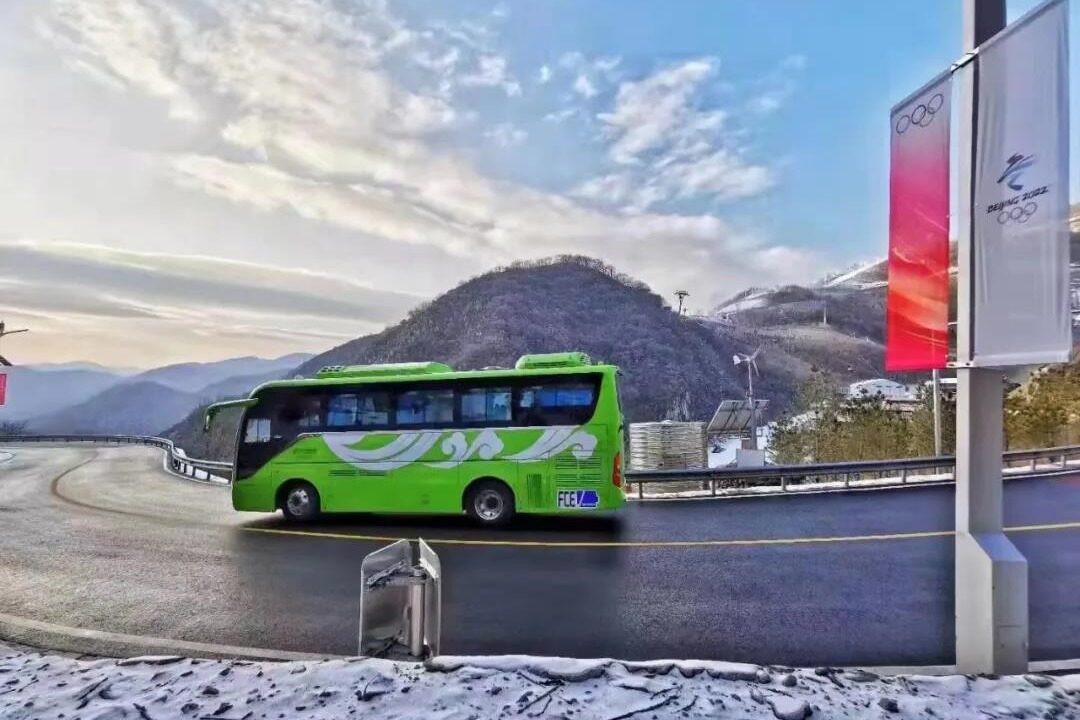
More than 1,000 hydrogen fuel cell vehicles shuttled and served at the Beijing Winter Olympics venues. What a spectacular scene!
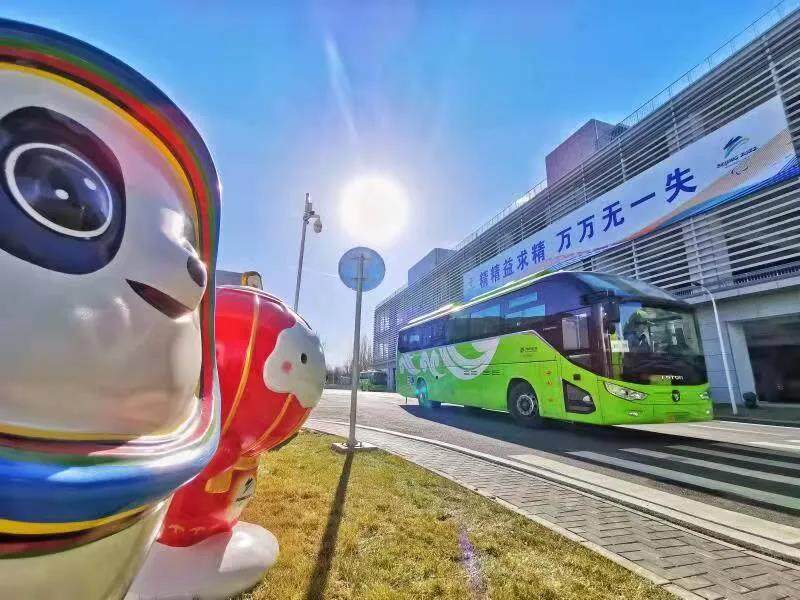
"According to the data of the Winter Olympics Organizing Committee, this Winter Olympics will demonstrate and operate more than 1,000 hydrogen fuel cell vehicles and more than 30 hydrogen refueling stations. The models include hydrogen fuel cell buses, hydrogen fuel cell cars, and hydrogen fuel cell special vehicles. Such as snow wax car, etc. Among them, the snow wax car is a special support vehicle for waxing the skateboards of skiers, and it can be started normally at -34 °C." Mao Zongqiang, professor of the Institute of Nuclear and New Energy Technology of Tsinghua University and vice chairman of the International Hydrogen Energy Association introduce.
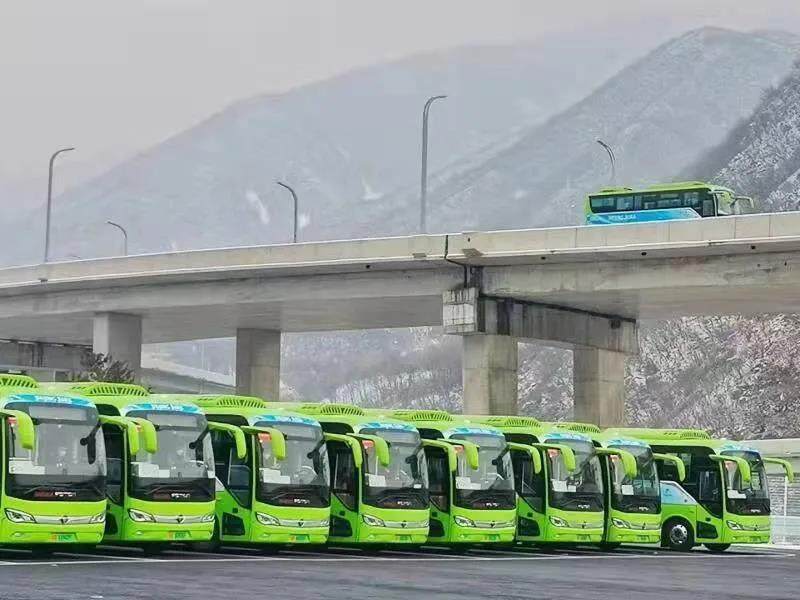
More than 1,000 hydrogen fuel cell vehicles participated in transportation service guarantee. At the Beijing Olympics 14 years ago, that number was 3. At the same time, this also means that the world's largest demonstration operation of fuel cell vehicles is taking place at the Beijing Winter Olympics. The 2022 Beijing Winter Olympics may become a "watershed" for the accelerated implementation of hydrogen energy in China.
Car companies compete for hydrogen strength
As a subdivision of new energy vehicles, the first choice for the application of hydrogen fuel cell vehicles is the commercial field. It is understood that the hydrogen fuel cell vehicles serving this Winter Olympics are mainly passenger cars, with a total of 816 passenger cars. The brands include Foton, Yutong, Zhongtong, Geely, etc. It can be said that it is a comprehensive demonstration of the "hydrogen" strength of car companies. .
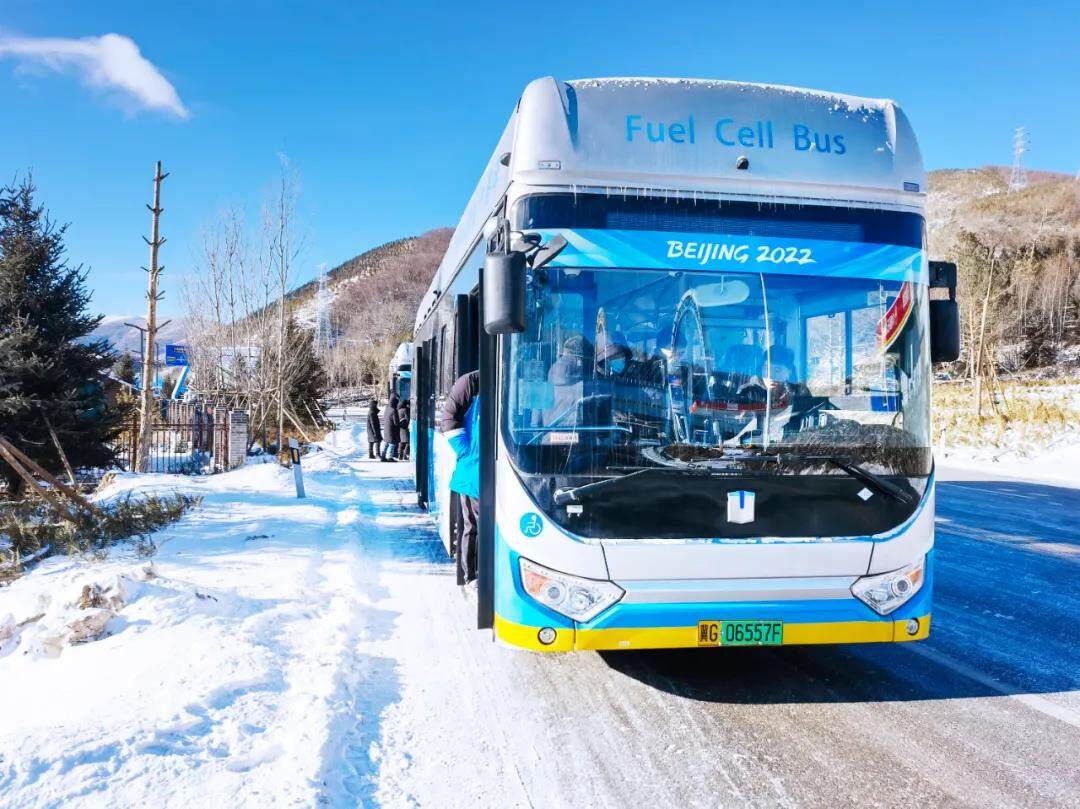
Liu Jihong, vice president of research and development of Foton Motor's Ouhui Bus Division and dean of the Technology Research Institute, said that Ouhui has provided 515 hydrogen-fueled buses for the Winter Olympics (260 in the Yanqing competition area in Beijing, 35 in the Beijing competition area, and Zhangjiakou). 220 vehicles in the competition area), accounting for 63% of the overall hydrogen fuel passenger vehicle guarantee models, including 40 remodeled welfare vehicles to serve passengers with limited mobility. This also set a record for the largest scale and the largest number of models in the history of hydrogen fuel bus service in an international sports event.
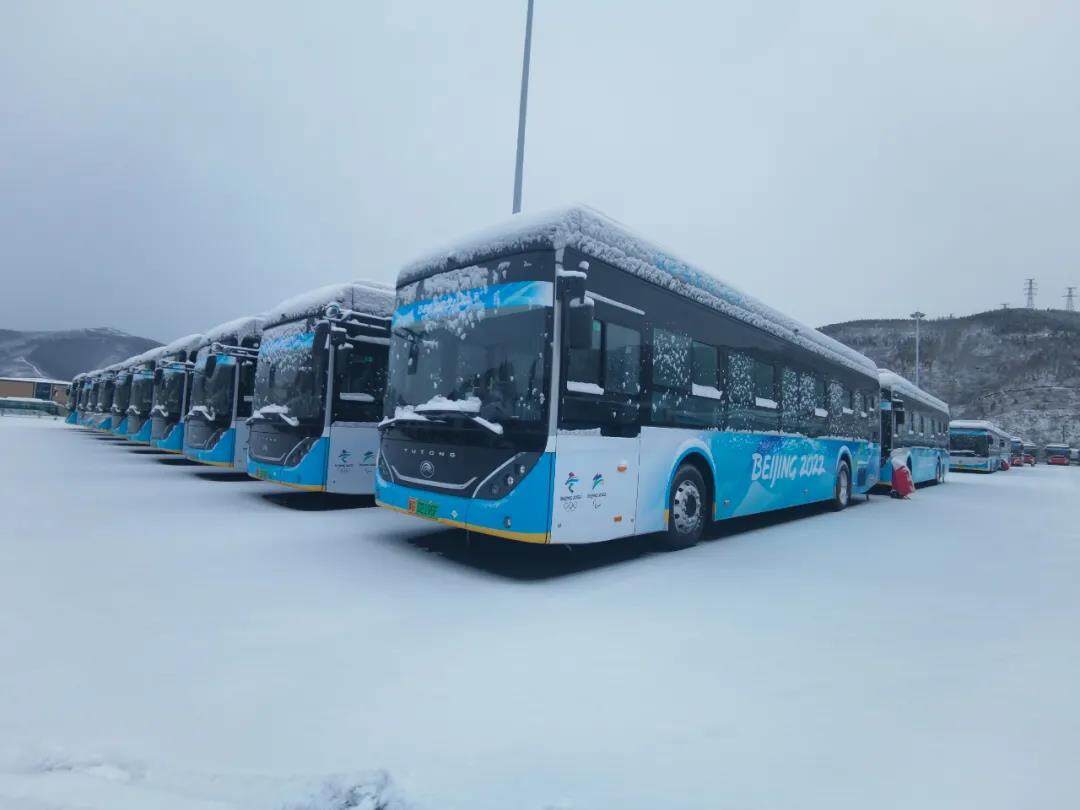
In terms of long-distance vehicles, a total of 80 Geely Interstellar hydrogen fuel cell city buses C12F provided race services in the Chongli competition area of Zhangjiakou. To this end, Geely Interstellar has equipped a full-time support team composed of R&D engineers, service engineers, and supplier engineers, etc., and at the same time provides sufficient reserves of common parts, wearing parts, and self-made parts to ensure the smooth progress of vehicle operation and services.
As a global partner of the Olympic and Paralympic Games, as well as an early layout and the first car company to mass-produce hydrogen fuel cell vehicles, Toyota provided 107 Costa hydrogen-powered minibuses for this Winter Olympics. It is reported that the Costa Hydrogen Engine is specially developed for the Beijing Winter Olympics and Paralympic Games. It is developed by Toyota's R&D center in China and produced in Sichuan FAW Toyota.
Toyota also provided 140 second-generation MIRAI hydrogen fuel cell vehicles, which are the main brand of hydrogen fuel cell cars put into operation at this Winter Olympics. This is also the first time that the second-generation MIRAI has been put into large-scale use in China.
It is worth mentioning that among the 515 hydrogen fuel buses of Ouhui Bus, a total of 212 are equipped with the Toyota hydrogen fuel cell system, which is also the result of the tripartite cooperation between Toyota, BAIC Group and Yihuatong.
Among the more than 1,000 hydrogen fuel cell race vehicles, logistics vehicles and special vehicles are also included. For example, the 4.5T hydrogen fuel cell light truck logistics vehicle specially customized by Zhilan Automobile for the Winter Olympics, and the first Yellow River hydrogen fuel cell snow wax vehicle with completely independent intellectual property rights provided by Sinotruk.
challenge
During the Beijing Winter Olympics, according to the plan, the Beijing competition area is located in the plains and mainly uses pure electric and natural gas vehicles; the Yanqing and Zhangjiakou competition areas are dominated by hydrogen energy vehicles, mainly to meet the needs of mountainous areas.
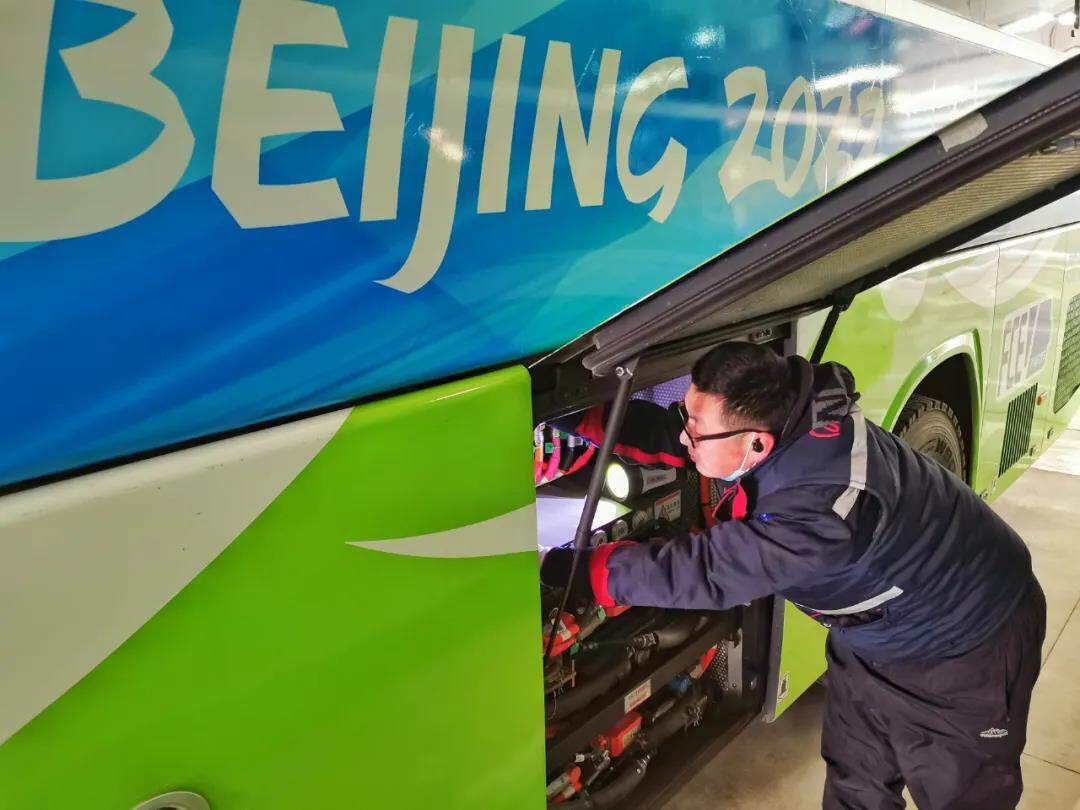
The relevant person in charge of Yutong Bus said that the main challenge for the large-scale "competition" of hydrogen fuel vehicles in the Winter Olympics comes from ensuring the stability of vehicle operation.
He further introduced that the task of vehicle service guarantee for world-class events such as the Winter Olympics is usually extremely difficult, and hydrogen fuel buses can be said to be "novice" in this service guarantee. On the one hand, the low temperature around the Winter Olympics has added difficulties to the stability of the vehicle's operation. How to ensure the stable and reliable performance of the vehicle in the low temperature environment is a challenge for the service guarantee team. On the other hand, the operation of hydrogen-fueled buses has high requirements on related supporting facilities such as hydrogen stacks, hydrogen refueling stations, and vehicle accessories, and they all need to be fully prepared.
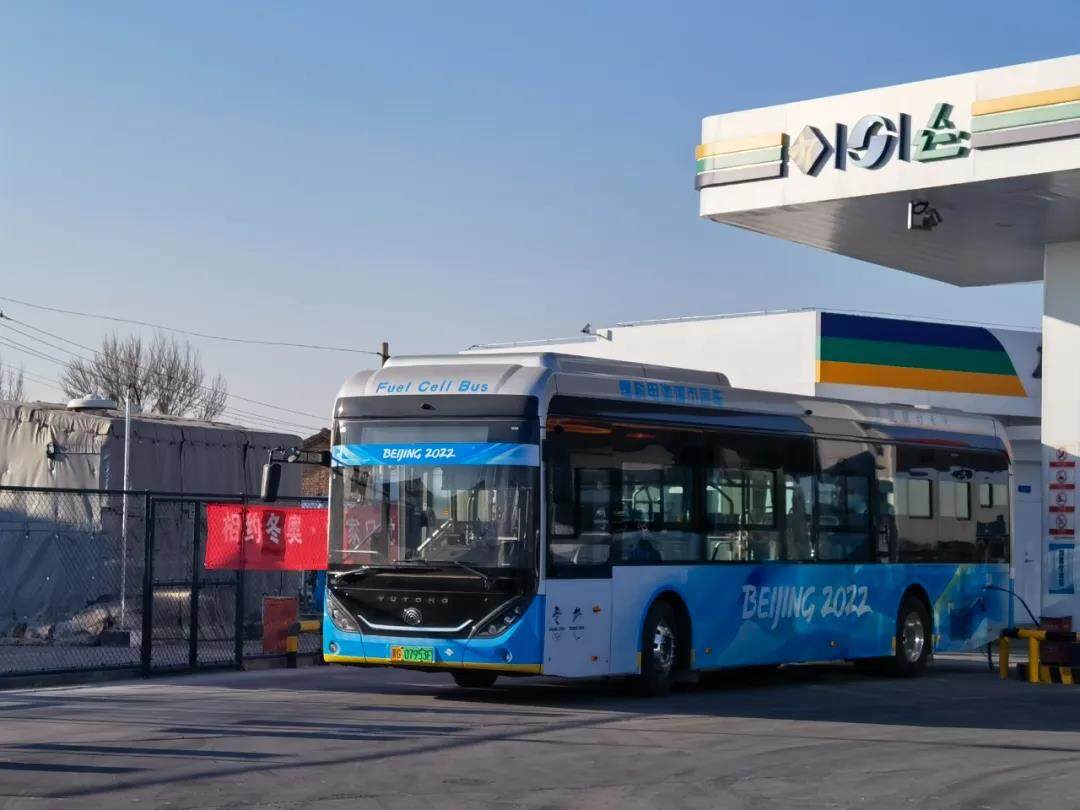
Mao Zongqiang said that in comparison, the severe cold and low temperature in Zhangjiakou is a major test for lithium battery vehicles, but it is "completely insignificant" for hydrogen fuel cell vehicles that can start normally at minus 30-40 degrees. The main challenge for hydrogen fuel vehicles to serve the Winter Olympics on a large scale is "the unprecedented organization of large-scale hydrogen fuel cell vehicles in the world and the unprecedented epidemic prevention and control". This challenge includes not only the hydrogenation, operation, deployment, and maintenance of hydrogen fuel cell vehicles, but also the epidemic prevention of vehicles, operation and maintenance personnel, and passengers.
More than 30 hydrogen refueling stations ensure safe supply
In order to ensure the safe and stable supply of hydrogen energy, there are more than 30 hydrogen refueling stations in the demonstration operation of the 2022 Beijing Winter Olympics.
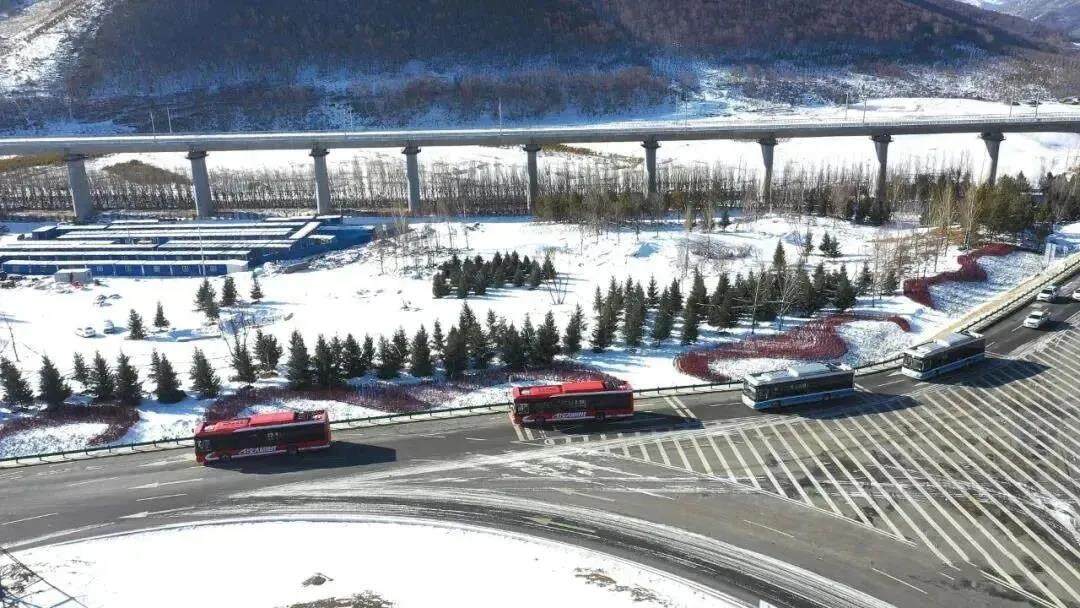
Since 2021, hydrogen refueling stations serving the Winter Olympics have sprung up like mushrooms after a rain. For example, PetroChina's Hebei Taizicheng Hydrogen Refueling Station, Beijing Futian Hydrogen Refueling Station, Beijing Jinlong Comprehensive Energy Service Station and Hebei Chongli North Oil and Hydrogen Joint Construction Station have four hydrogen refueling stations; Sinopec's Beijing Qingyuan Street Hydrogen Refueling Station , Beijing Wangquanying hydrogen refueling station, Beijing Yanhua Xinglong oil-hydrogen joint construction station, Hebei Chongli Xiwanzi hydrogen refueling station; National Energy Group's first 70 MPa integrated mobile hydrogen refueling station that meets the national standard requirements and explosion-proof certification of hydrogen refueling stations The station was delivered and put into use at Hebei Wanquan Oil Hydrogen Power Comprehensive Energy Station.
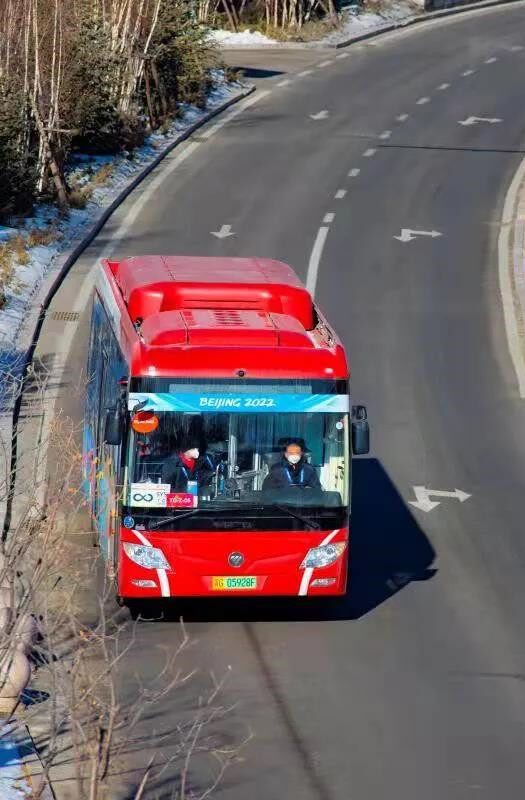
On December 27, 2021, the first batch of 390 kilograms of hydrogen fuel independently produced by PetroChina Huabei Petrochemical Company was officially launched at its own hydrogen refueling station; since March 2020, Sinopec Yanshan Petrochemical Beijing Winter Olympics hydrogen new energy supply project Since it was completed and put into operation, Yanshan Petrochemical has supplied over 260 tons of high-purity hydrogen to Beijing and surrounding markets to support the Green Winter Olympics.
On January 28, the Zhangjiakou Green Hydrogen Energy Integration Demonstration Base project was launched, and green hydrogen production began. The project is one of the largest electrolyzed water hydrogen production devices in the world, and will provide about 50% of the green hydrogen supply for hydrogen fuel vehicles in the Zhangjiakou competition area during the Winter Olympics.
Green Winter Olympics Technology Winter Olympics
With the opportunity of the Winter Olympics, hydrogen energy vehicles will be understood and recognized by more consumers. In fact, under the continuous assistance of favorable policies and the promotion of the "dual carbon" goal, the hydrogen energy industry has already ushered in a development boom and has become a new outlet.
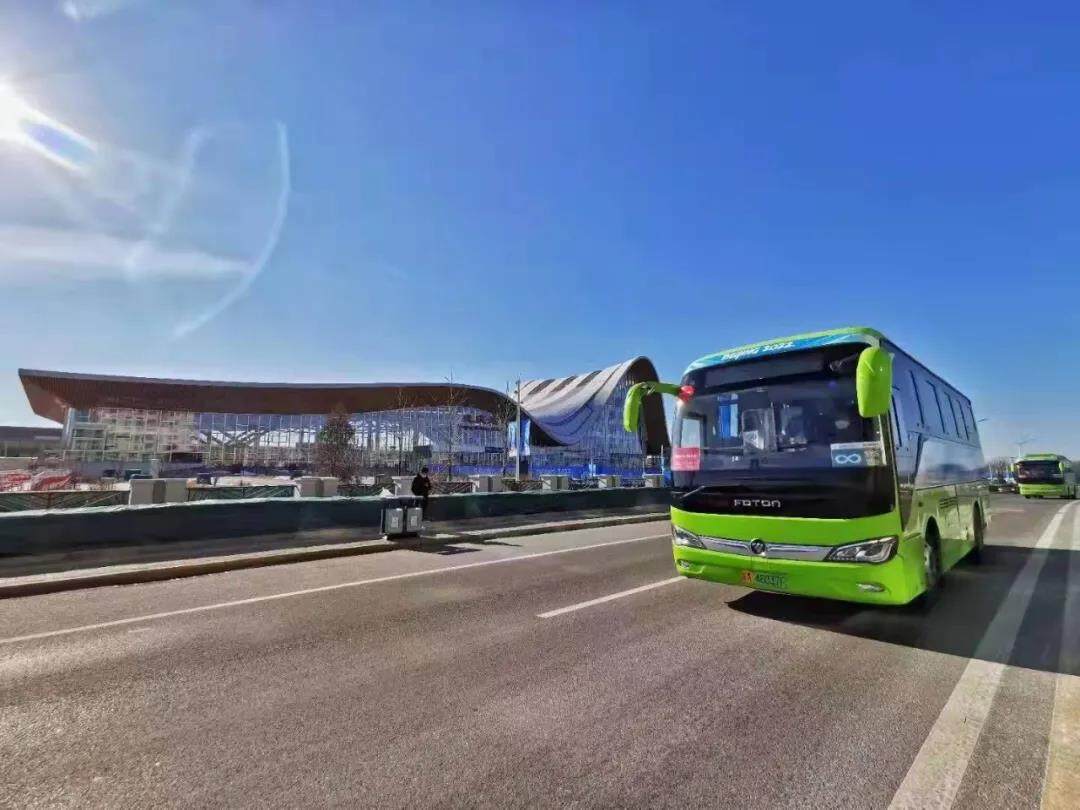
In March 2021, hydrogen energy was officially included in the draft outline of the "14th Five-Year Plan"; Infrastructure construction to promote the diversified utilization of hydrogen energy.
By the end of 2021, 16 provinces and cities including Beijing, Shandong, Hebei, Tianjin, Sichuan, Zhejiang, and Ningxia have formulated hydrogen energy development plans. On December 28, 2021, the Ministry of Finance and other five departments issued the "Notice on Launching a New Batch of Demonstration Application Work for Fuel Cell Vehicles", and the two urban agglomerations of Hebei and Henan were officially approved. In 2022, a total of five urban agglomerations will officially open the curtain of my country's fuel cell demonstration applications.
"Beijing Winter Olympics is the first world-class event held in my country after the start of the 14th Five-Year Plan and in the context of dual carbon, which is of great significance. To hold the Olympics in a green way, we must adhere to ecological priority, resource conservation, and environmental friendliness, so as to provide the best for the winter. The Olympic Games has laid a beautiful background for China." The relevant person in charge of Yutong Bus introduced.
He further stated that hydrogen fuel cell vehicles not only have the advantages of long battery life and fast fuel refilling, but also the environmental protection characteristics of pure electric vehicles; they have the characteristics of zero emission, long battery life and high convenience, and are the ultimate development direction of new energy vehicles. . The hydrogen fuel bus service for the Winter Olympics responds to the call of the country's "dual carbon" strategy, and is also a perfect interpretation of the green and technological Winter Olympics.
"The success of the large-scale application of hydrogen fuel cell vehicles in the Winter Olympics also heralds the bright future of my country's national-level hydrogen fuel cell city demonstration cluster project." Mao Zongqiang said, combined with the Tokyo Olympics' hydrogen energy display in summer, the Beijing Winter Olympics The successful demonstration in the cold winter will increase the world's new understanding of hydrogen energy and help promote the development of the hydrogen energy industry.
Travel services will continue to be provided in the future
Where will such a large number of hydrogen fuel cell vehicles go after the Winter Olympics? Liu Jihong introduced that after the Ouhui hydrogen fuel bus service for the Winter Olympics, it will continue to provide the public with a safe, comfortable and environmentally friendly travel experience through various passenger service provider systems such as Beijing Public Transport and Zhangjiakou Bus. Next, the popularization of hydrogen-fueled buses will surely accelerate, gradually becoming the main choice for long-distance public transportation in suburban cities and long-range intercity buses. In the future, with the further improvement of the hydrogen energy industry chain, hydrogen fueled buses will be expanded to more fields with the advantages of safety, comfort and low carbon.
Cui Dongshu, secretary general of the National Passenger Vehicle Market Information Joint Association, pointed out that the large-scale operation of hydrogen fuel cell vehicles during the Winter Olympics is mainly to accumulate research and development experience for enterprises and industries, and to support the follow-up research and development and demonstration operations of the industry. The main challenge is how to expand the use of the product.
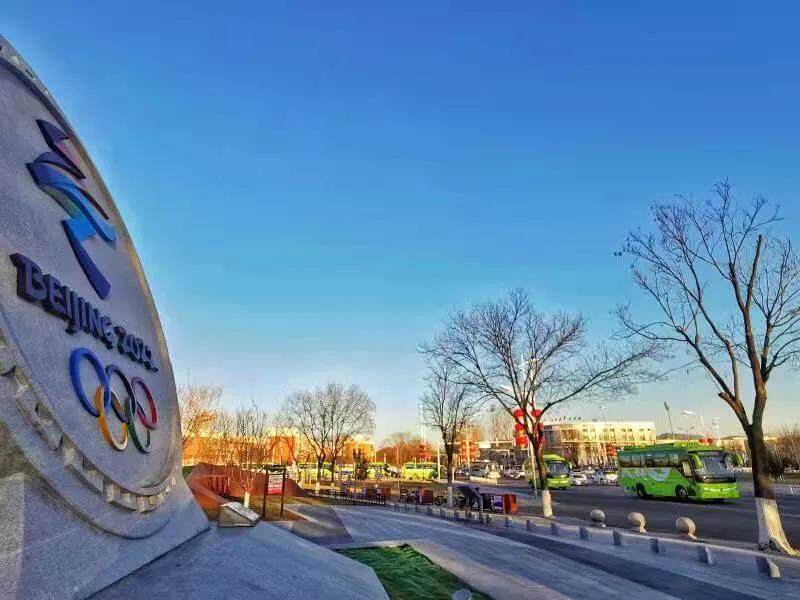
He further said that the main application scenarios of hydrogen fuel cell vehicles are public transportation, fixed-line buses and logistics transportation, etc., lack of market expansion opportunities, to avoid going to the pure electric bus "with subsidies, there will be a market, without subsidies, it will shrink day by day". situation.
start a new stage of development
"From 3 hydrogen fuel cell buses in the 2008 Beijing Olympics, to 196 hydrogen fuel cell vehicles in the 2010 Shanghai World Expo, and then to the demonstration operation of thousands of hydrogen fuel cell vehicles in the 2022 Beijing Winter Olympics, it shows that China's hydrogen The development speed of energy and the determination of the Chinese government to carry out the energy revolution and reduce carbon dioxide emissions." Mao Zongqiang said.
According to the "China Hydrogen Energy Industry Development Report 2020", the number of hydrogen fuel cell vehicles in China will increase from 7,352 in 2020 to 100,000 in 2025. By 2025, the market size of hydrogen fuel cell vehicles is expected to reach 80 billion yuan.
The industry believes that hydrogen energy, as a clean and zero-carbon secondary energy, will play an important role in the future energy transformation and will undertake the mission of helping to achieve the "dual carbon" goal. The development stage of hydrogen fuel cell vehicles is similar to that of pure electric vehicles in 2010. At the technical level, priority should be given to the promotion of commercial vehicles, and the promotion and application of commercial vehicles will further drive the large-scale application in the field of passenger vehicles. In the next five years The expected compound annual growth rate of hydrogen fuel cell vehicles is expected to reach 68%. Taking the Green Winter Olympics as an opportunity, the hydrogen fuel cell vehicle industry will enter a new stage of development. Editor/He Yuting
Comment
 Praise
Praise
 Collect
Collect
 Comment
Comment
 Search
Search


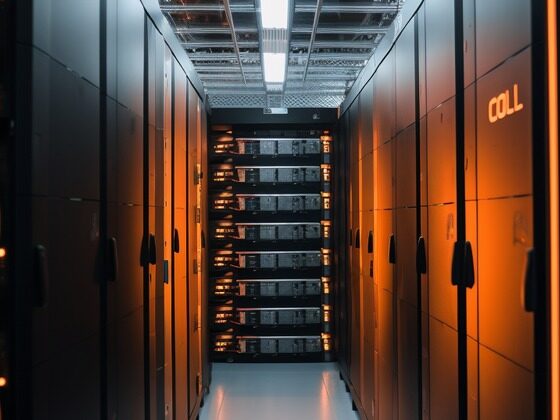
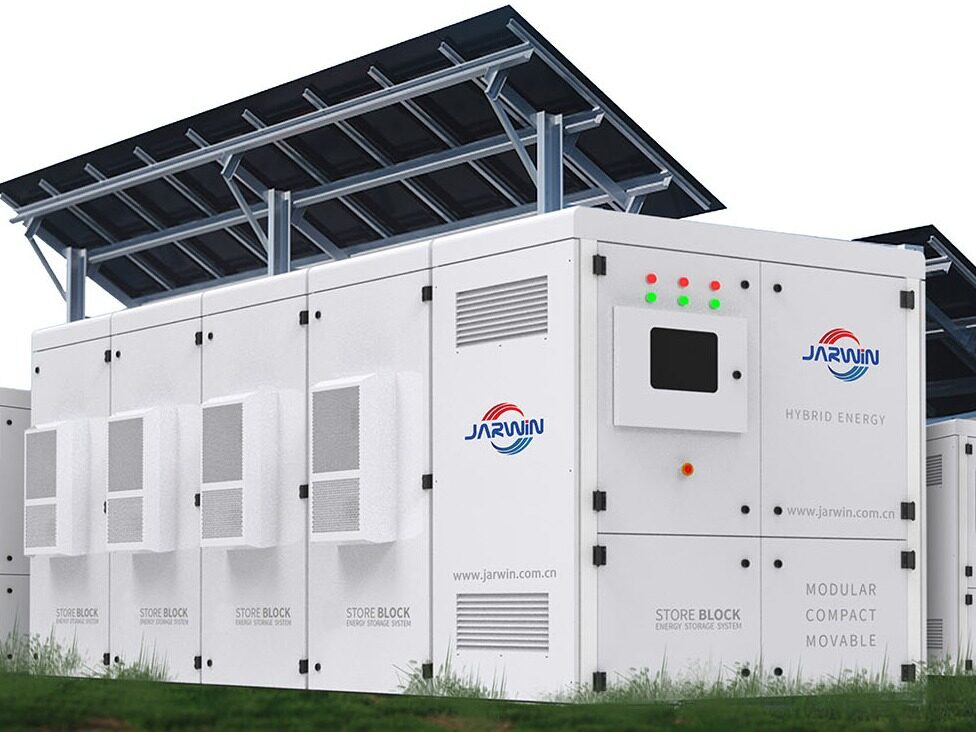
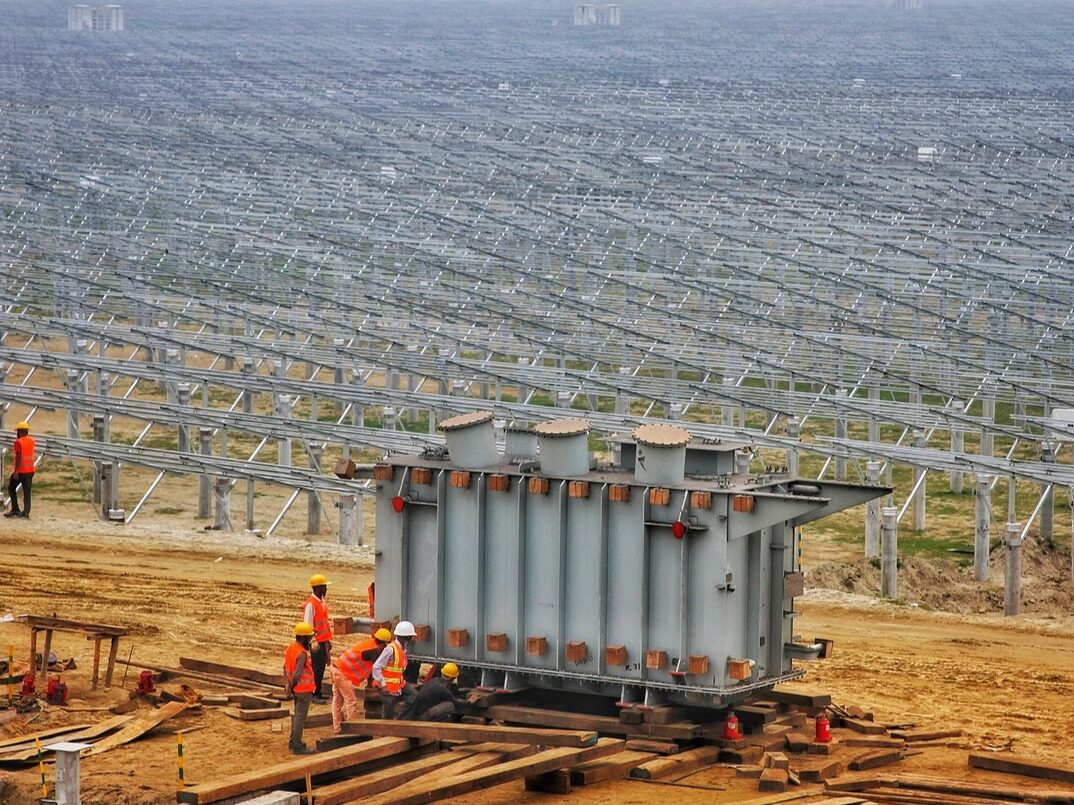


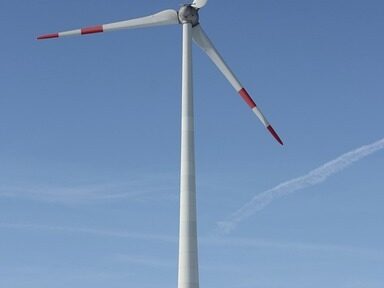






Write something~